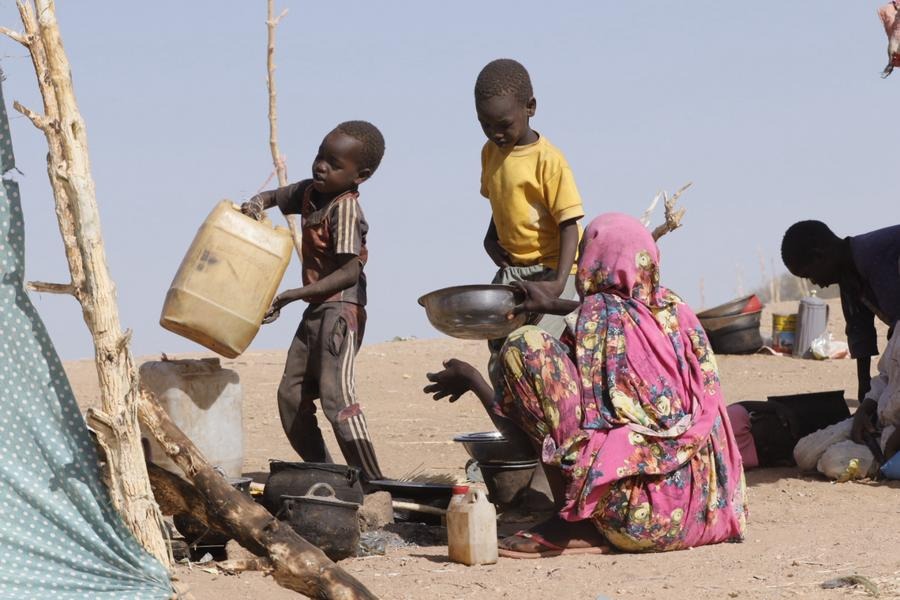Two-way approach sees trade routes flourish


He said his company mainly exports small commodities to Kuwait, Jordan, Saudi Arabia and even Europe, depending on market demand.
Shalabi is one of millions of Arab businessmen travelling between China and Arab countries. Like the medieval Moroccan traveler and scholar Ibn Batutah, they bridge exchanges between China and Arab countries which can be traced to ancient times.
Along the ancient Silk Road, China's paper, gunpowder, printing and compasses were taken through Arab countries to Europe, while astronomy, the Arab calendar and medicine from Arab countries were introduced to China.
As a result, the Silk Road has been a natural bond enhancing the mutual understanding between the two civilizations for thousands of years.
Since China proposed the Belt and Road Initiative in 2013, the government has adopted a series of measures to facilitate trade, including simplified procedures for customs clearance and company incorporation, Shalabi said.
In his speech at the Sixth Ministerial Meeting of the China-Arab States Cooperation Forum in Beijing on June 5, 2014, Xi called on Arab states to make joint efforts to promote the Belt and Road Initiative based on the principles of wide consultations, joint contributions and shared benefits.
Historically, China and Arab states enjoy mutual understanding and friendship because of the Silk Road, and they are natural cooperative partners in jointly building the initiative, Xi said in his speech.
Arab states responded positively and the majority are planning to align their development strategy with Belt and Road construction, according to a report on achievements and prospects of the China-Arab States Cooperation Forum released by Shanghai International Studies University's Middle East Studies Institute in May.
They include Egypt's Revitalization Plan, Saudi Arabia's Vision 2030, Kuwait's construction of a Silk City, Jordan's Vision 2025 and Morocco's construction of the Mohammed VI Tangier Tech City, the report said.
Sameh el-Shahat, president of China-i, a risk management consultancy in London, hailed the Belt and Road Initiative as "a new type of global development blueprint".































